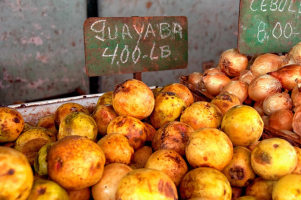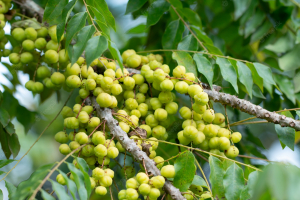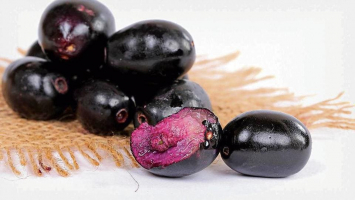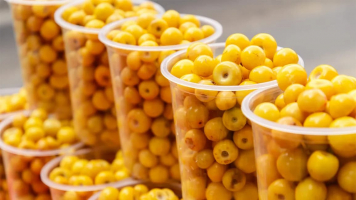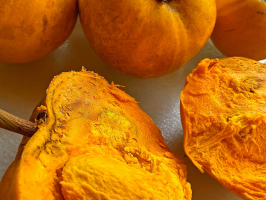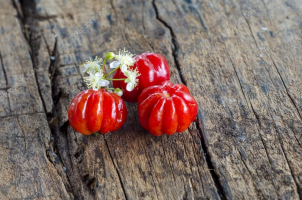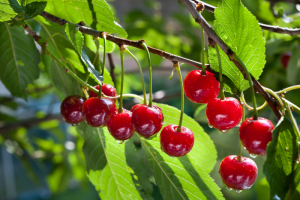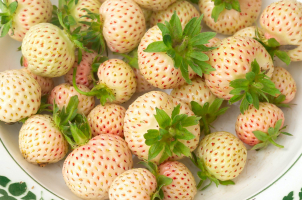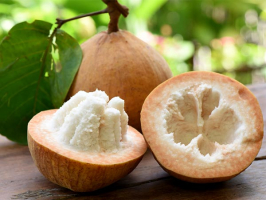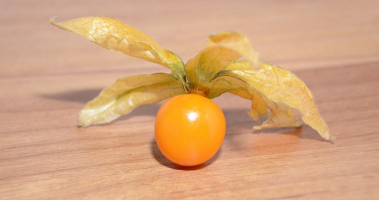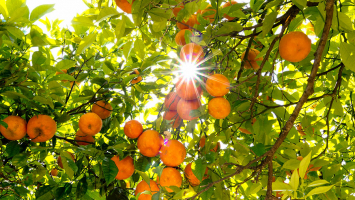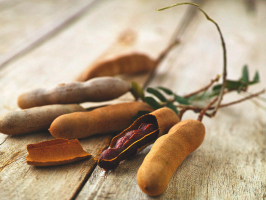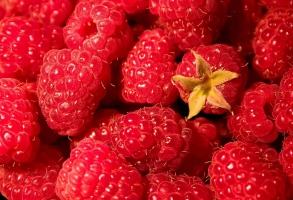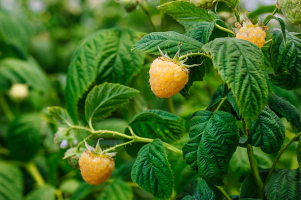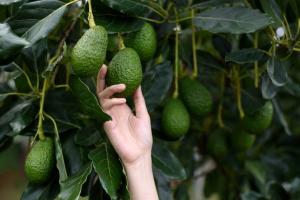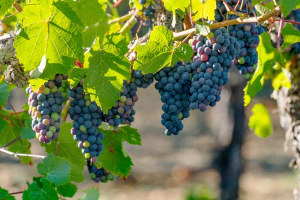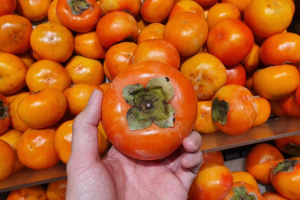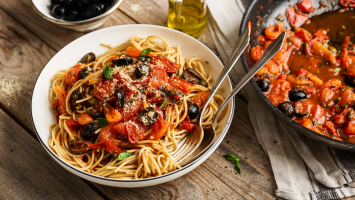Top 5 Most Delicious Ecuadorian Fruits
Ecuador’s great climate and diverse geographic regions allow it to grow a large variety of delicious fruits. Many are native to the country and others, ... read more...especially fruits native to Asia, have been introduced in more recent years. You will find many of these at the local mercados or markets in most cities. Some of these are available year-round, while some are seasonal. Below are the most delicious Ecuadorian fruits, let's find out!
-
Tamarillo is a little shrub or tree that is indigenous to the Andean mountain ranges of Chile, Colombia, Ecuador, Peru, and Bolivia. The pulp of the little egg-shaped fruits is juicy and has a somewhat sweet to subacid flavor. The tastes are frequently compared to kiwi and underripe tomatoes. Tamarillo is a combination of the words tomato and Amarillo, which means yellow.
In frutoterapia, the tree tomato is considered as one of the fruits that strengthen the brain, besides curing different types of headaches including migraines. Spaced out from this, they are also known to provide skin benefits. Tamarillo fruits are used in a variety of savory and sweet meals, drinks, salads, dips, spreads, chutneys, pickles, jams, and sauces. Cooks in Ecuador combine the fruits with garlic, onions, salt, hot peppers, and spices like coriander to create a tamarillo sauce. Tomate de Arbol season runs from July until November where you can easily buy this fruit in most local markets in Ecuador.
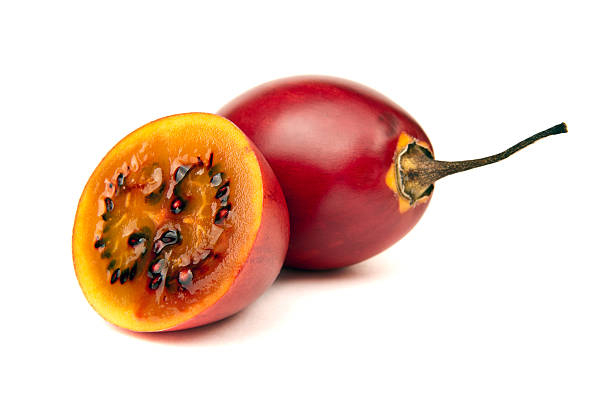
iStock 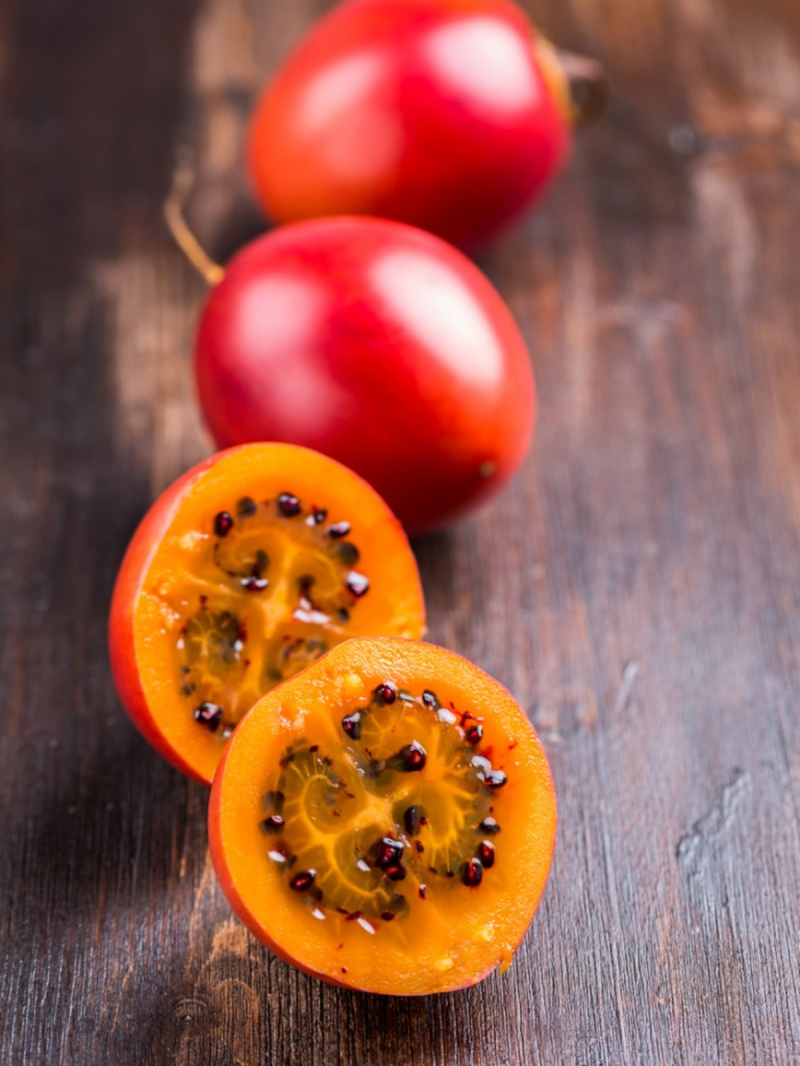
Gardening Know How -
Granadilla is one of many types of passion fruit, which come in various variants. The fruit resembles the passion fruit and the maracuja, two of its near relatives. The granadilla can be identified by its vivid orange color. Granadillas have a similar interior to other members of the family: jelly-like flesh bursting with edible seeds, but with a little sweeter flavor.
The skin turns orange throughout cultivation from green and yellow. The skin should still feel somewhat smooth within the store. The skin will begin to crease a little after purchasing. However, the granadilla is fully ripe at this point, unlike other fruits where this is a symptom of overripeness. Granadilla can also be cooked, blended, and sweetened to make a refreshing juice. It is packed with vitamins A, B, C, E, and K.
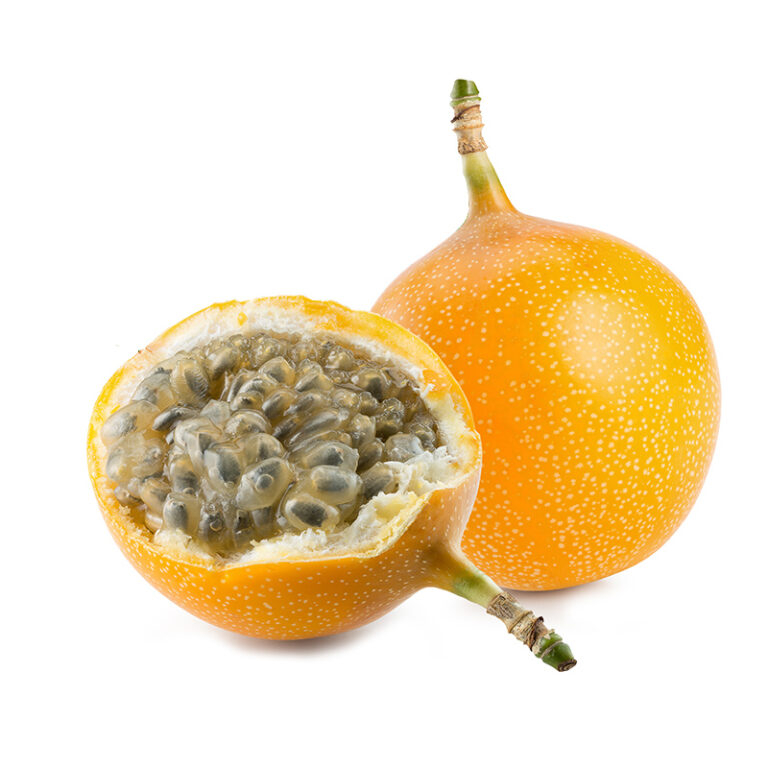
TasteAtlas 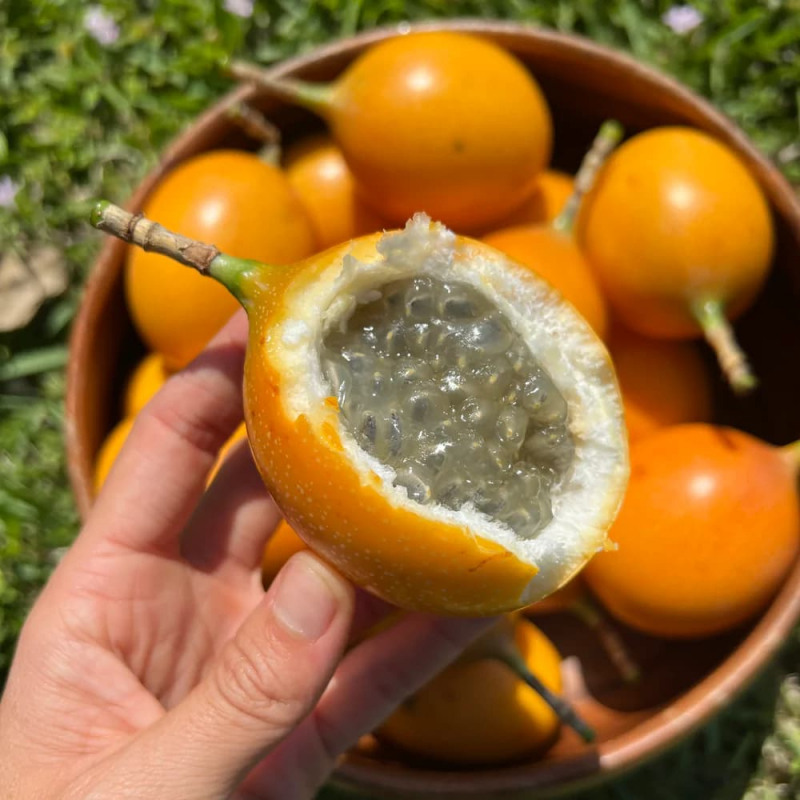
Candide -
The evergreen softwood tree known as the mountain papaya is indigenous to the Andes, where it grows in subtropical and cool mountain climates in Southeast Asia and Africa in addition to its original range from southern Colombia to central Chile. The tree yields fruits with spherical, brown seeds and tender flesh.
The fruits have a strong scent and are slightly sour and acidic when completely mature. Typically, they are eaten raw or with sugar. Jellies and marmalades can also be made using fruits. Mountain papaya chunks can occasionally be preserved in syrup, and the fruit itself can be cooked and served as a dessert. The fruit is rich in many important nutritional compounds, such as vitamins A, B, and C, antioxidants, flavonols, carotenoids, and papain. The proteolytic enzyme papain is produced in 5-8 times the quantity of the common papaya and serves as a valuable digestive enzyme in human consumption.
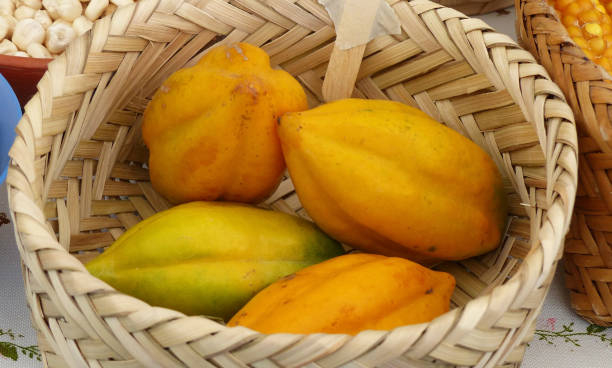
iStock 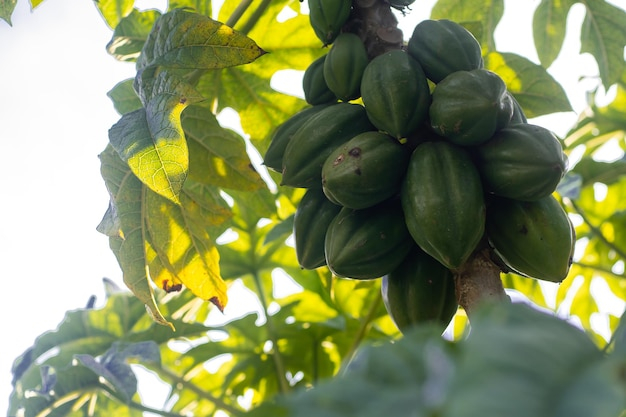
Freepik -
Lucuma, botanically classified as Pouteria lucuma, is a rare, ancient fruit belonging to the Sapotaceae family. The greyish-brown, fissured bark of this evergreen tree, which can reach a height of 20 meters, secretes a milky white fluid. Short, brown hairs cover the petioles and the ends of branchlets. The mature fruit is globose-shaped, 6-12 cm long, glabrous, and russet to yellow. The pulp is bright yellow, and one to several glossy, dark brown, 1.8 to 3.5 cm long seeds may be present.
It is perfect as an ingredient in baked pastries and ice cream because of its flavor, which is best described as somewhat sweet and resembling maple. Lucuma was first known as the "gold of the Incas" and was revered as a fertility symbol. Lucuma is an excellent source of fiber to regulate the digestive tract and a good source of vitamin C, which is an antioxidant that strengthens the immune system while providing anti-inflammatory properties. The fruits also contain B vitamins, potassium, phosphorus, iron, and magnesium.
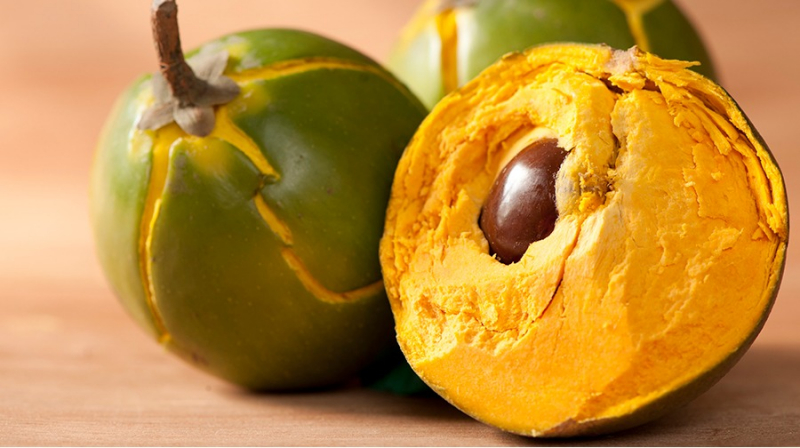
iStock 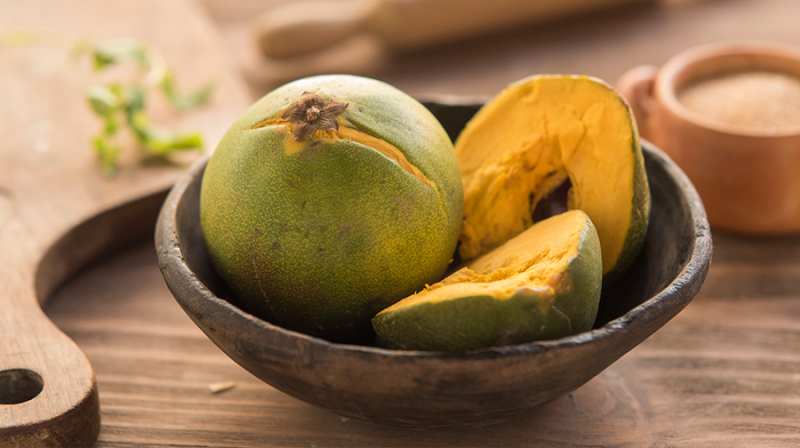
iStock -
Also called hog plum or ciriguela, jocote comes from the Spondias purpurea tree that belongs to the cashew family that’s native to the tropical regions of the Americas such as Brazil. In warm tropical areas, jocote fruit grows on deciduous trees. Before the tree's first set of leaves emerges, they start to grow after the small red blooms. Some species of the jocote ripen to a yellow tint, although most of the fruit is green or yellowish-green while they are young. The thin skin is edible and has a waxy look. When delicious and ripe, the pulp is yellow.
The fruit has a big, inedible pit or stone in the core. A plum's sweet and slightly acidic aftertaste is considered to characterize the flavor of jocote fruit. In Ecuador, jocote is eaten raw because of its sweet and citrusy flavor, which is refreshing, especially during the summer. It is rarely used for other dishes because you can only harvest a small amount of flesh from every fruit and the seed inside is also not edible.
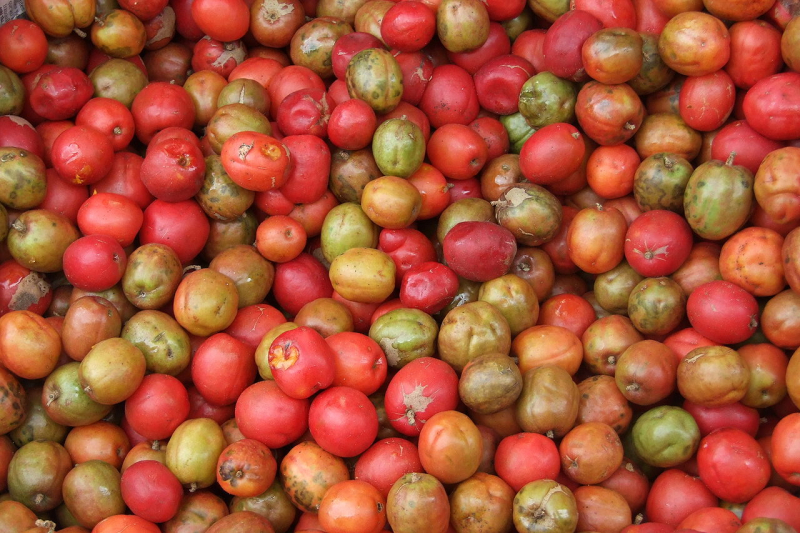
Wikipedia 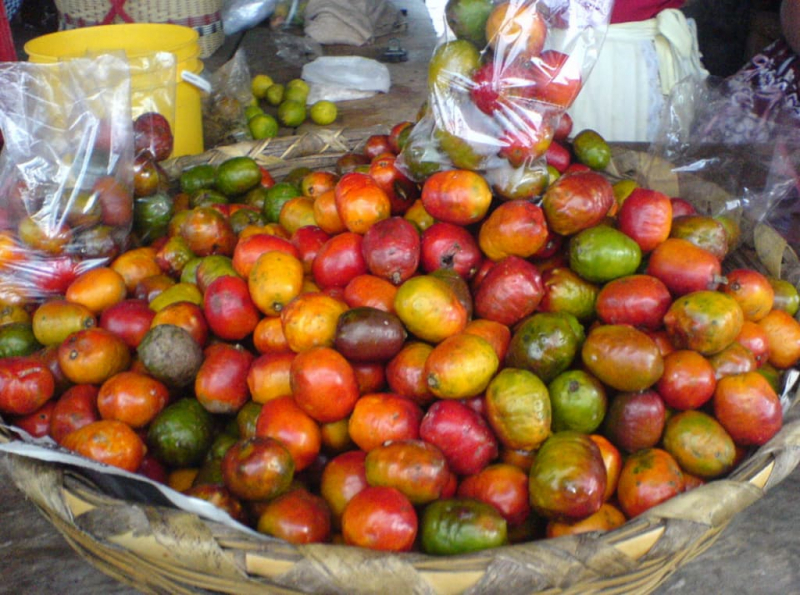
Taste Antigua







